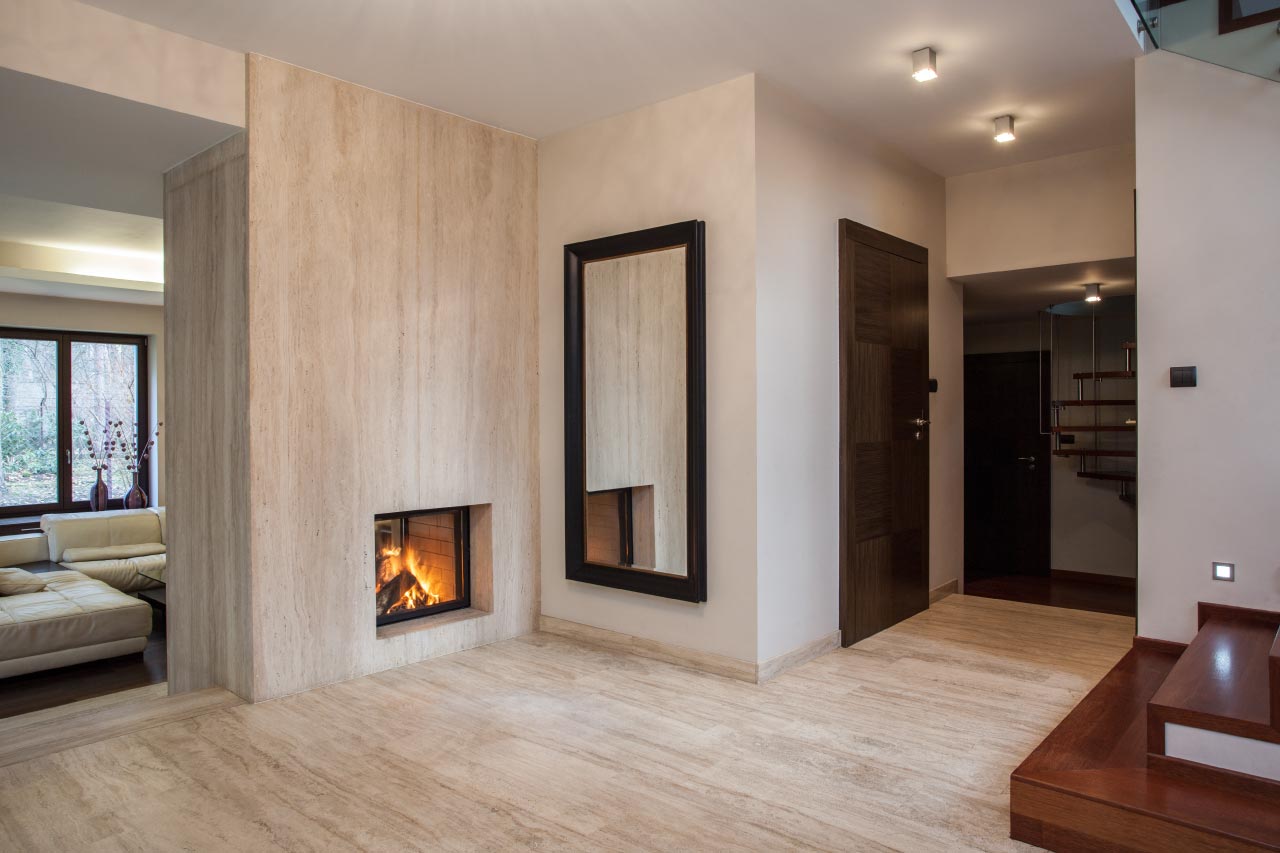
Get matched with top tile installers or repairers in your area
Enter your zip and get matched with up to 3 pros
Matching on HomeAdvisor


Tile installers or repairers in Grenada
No results for Tile Install or Repair in
Try adjusting your search criteria.Tile installs or repairs FAQs
You can install new tile over an existing backsplash, but pros recommend taking the old material down first. Layering tile creates a gap where moisture can collect and makes it harder for the new adhesive to bond. Removing the original backsplash gives you a flat, clean surface, prevents interference with outlets or countertop space, and helps the finished project last longer.
To prepare a painted wall for tile, fill any cracks or holes in the existing paint. Use sandpaper to create an even, slightly rough surface for ideal adhesion. Next, gently wipe the wall with a damp cloth to remove dust, grease, or debris. Finally, apply a bonding primer before attaching the tile.
Gluing a backsplash is an effective installation method when you use the correct adhesive. Use cement-based or thin-set mortar along with mastic as needed to secure ceramic tiles. This method provides a strong, durable bond and is ideal for glass and stone installations when surfaces are properly cleaned and prepared. Adhering tiles with the proper adhesive ensures a robust and long-lasting finish.
Measuring your backsplash area is essential to determine the exact amount of tile needed. Begin by measuring the height and width of the backsplash in feet, then multiply these dimensions to calculate the total square footage. Do not adjust for small outlets or minor cutouts; only subtract the space occupied by large windows or significant obstructions. Finally, add 10% extra to account for waste, ensuring you order the precise quantity required.





- Tile: Natural Stone (Granite, Marble, Slate, Quartz, etc) - Repair
- Tile, Stone, Marble - Clean, Grout, Polish and Maintain
- Tile: Ceramic and Porcelain - Repair
- Grout: Replace or Repair
- Marble Restoration & Polishing
- Stone Restoration & Polishing
- Granite Restoration & Polishing
- Tile: Ceramic and Porcelain - Install
- Tile & Grout Cleaning
- Birmingham
- Phoenix
- Tucson
- Fresno
- Long Beach
- Los Angeles
- Modesto
- Sacramento
- San Diego
- San Francisco
- San Jose
- Denver
- Hartford
- Washington DC
- Fort Lauderdale
- Jacksonville
- Miami
- Orlando
- Tampa
- Atlanta
- Chicago
- Indianapolis
- Louisville
- New Orleans
- Baltimore
- Boston
- Detroit
- Grand Rapids
- Minneapolis
- Saint Paul
- Kansas City
- Saint Louis
- Las Vegas
- Albany
- New York
- Asheville
- Charlotte
- Greensboro
- Raleigh
- Winston Salem
- Cincinnati
- Cleveland
- Columbus
- Oklahoma City
- Portland
- Harrisburg
- Philadelphia
- Pittsburgh
- Providence
- Memphis
- Nashville
- Austin
- Dallas
- El Paso
- Fort Worth
- Houston
- San Antonio
- Salt Lake City
- Norfolk
- Richmond
- Virginia Beach
- Seattle
- Madison
- Milwaukee



